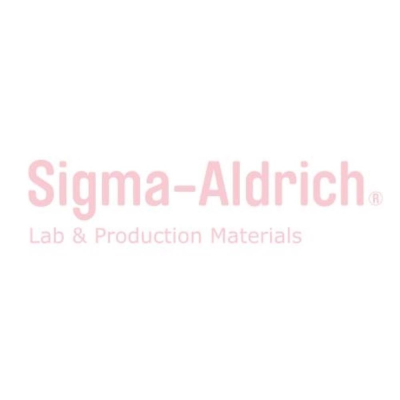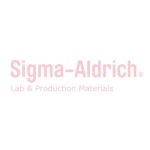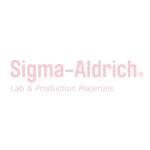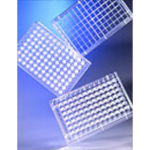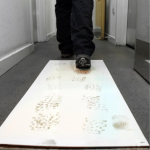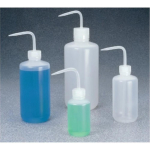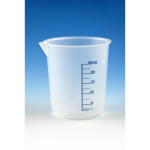Biochem/physiol Actions
ED50 = 100-400 pg/ml as measured by its ability to stimulate the 3H-thymidine incorporation in an EGF-responsive mouse fibroblast cell line, Balb/3T3.
General description
Recombinant, human epidermal growth factor (54 amino acids) expressed in E. coli. Identical to native human EGF except for an additional N-terminal methionine. Human EGF is 70% homologous to mouse EGF and has been shown to have similar biological activity. Mitogenic for a wide range of ectoderm- and endoderm-derived cells from tissue such as breast, cornea, epidermis, dermis, liver, pancreas, nerve, amnion, and adrenal medulla. Binding of EGF to its 170 kDa transmembrane receptor results in dimerization of the receptor, activation of the intrinsic receptor tyrosine kinase, and initiation of the complex signal transduction cascade that leads to cell proliferation and/or differentiation. Acts as a survival factor in preventing apoptosis.
Recombinant, human epidermal growth factor (54 amino acids) expressed in E. coli. Identical to human EGF except for an additional N-terminal methionine. Human EGF is 70% homologous to mouse EGF and has been shown to have similar biological activity. Mitogenic for a wide range of ectoderm- and endoderm-derived cells from tissue such as breast, cornea, epidermis, dermis, liver, pancreas, nerve, amnion, and adrenal medulla. Acts as a survival factor in preventing apoptosis.
Legal Information
CALBIOCHEM is a registered trademark of Merck KGaA, Darmstadt, Germany
Other Notes
Merlo, G.R., et al. 1995. J. Cell Biol. 128, 1185.Yoshida, T., et al. 1993. Brain Res. Dev.76, 147.Rubin, J.S., et al. 1991. Proc. Natl. Acad. Sci. USA88, 415.Carpenter, G., and Wahl, M.I. 1990. In The Epidermal Growth Factor Family in Peptide Growth Factors and Their Receptors (Sporn, M.B., and Roberts, A.B., eds.) Springer-Verlag, New York, p 69.Downward, J., et al. 1984. Nature311, 483.Gray, A., et al. 1983. Nature303, 722.Scott, J., et al. 1983. Science221, 236.Cohen, S. 1960. Proc. Natl. Acad. Sci. USA46, 302.
Packaging
200 µg in Plastic ampoule
Reconstitution
Reconstitute to a concentration of ≥10 µg/ml in 10 mM acetic acid containing ≥0.1% HSA or BSA.
Following reconstitution, aliquot and freeze (-20°C or -70°C) for long term storage or refrigerate (4°C) for short-term storage. Avoid freeze/thaw cycles of solutions. Stock solutions are stable for up to 1 month at 4°C or for up to 3 months at -20°C or -70°C.
Warning
Toxicity: Standard Handling (A)


